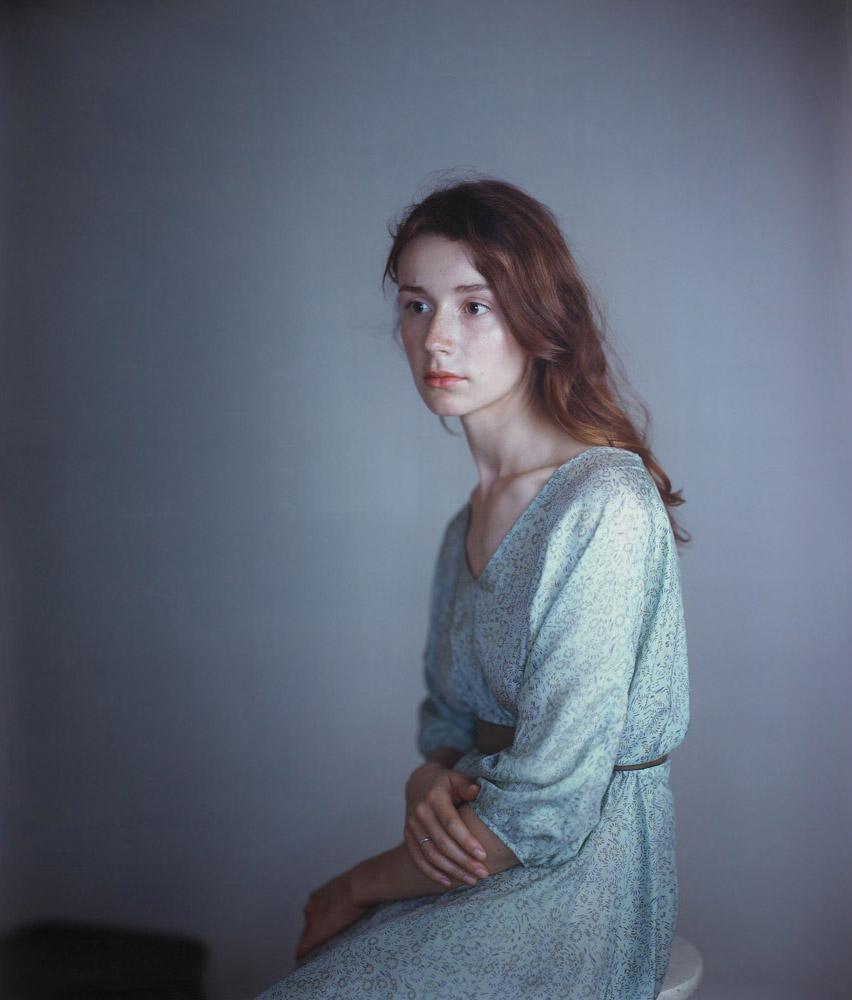Asher Kelman
OPF Owner/Editor-in-Chief
Everyone,
We still own film cameras. How many of us ever put in film and shoot something for fun or for a serious project? Do you still have a workflow? Have you given away or sold off your darkroom or just send film out for processing and then scan it yourself first to see how it is and then get a drum scan for professional output?
I have still a serious investment in film. I am gradually setting up my darkroom again but with a noes Jobo processor for up to 20 x 24 film.
My largest camera is 8x10. I have a Saphir 600 dpi scanner and a much better and massive Topaz but it needs a technician to help me get it up and running!
For me film is a special romance and the lenses have a unique character. I certainly do not have the skills in the wet darkroom that I have gained in digital processing and that moves me towards either contact printing or else scanning the film.
I'd love to know what are the reasons you might choose to shoot film and what system from camera to print you might use or intend to employ.
Also, if you are familiar with the works of photographers who can choose digital or analog and are successful with their gallery/client work, share that insight.
Asher
We still own film cameras. How many of us ever put in film and shoot something for fun or for a serious project? Do you still have a workflow? Have you given away or sold off your darkroom or just send film out for processing and then scan it yourself first to see how it is and then get a drum scan for professional output?
I have still a serious investment in film. I am gradually setting up my darkroom again but with a noes Jobo processor for up to 20 x 24 film.
My largest camera is 8x10. I have a Saphir 600 dpi scanner and a much better and massive Topaz but it needs a technician to help me get it up and running!
For me film is a special romance and the lenses have a unique character. I certainly do not have the skills in the wet darkroom that I have gained in digital processing and that moves me towards either contact printing or else scanning the film.
I'd love to know what are the reasons you might choose to shoot film and what system from camera to print you might use or intend to employ.
Also, if you are familiar with the works of photographers who can choose digital or analog and are successful with their gallery/client work, share that insight.
Asher


